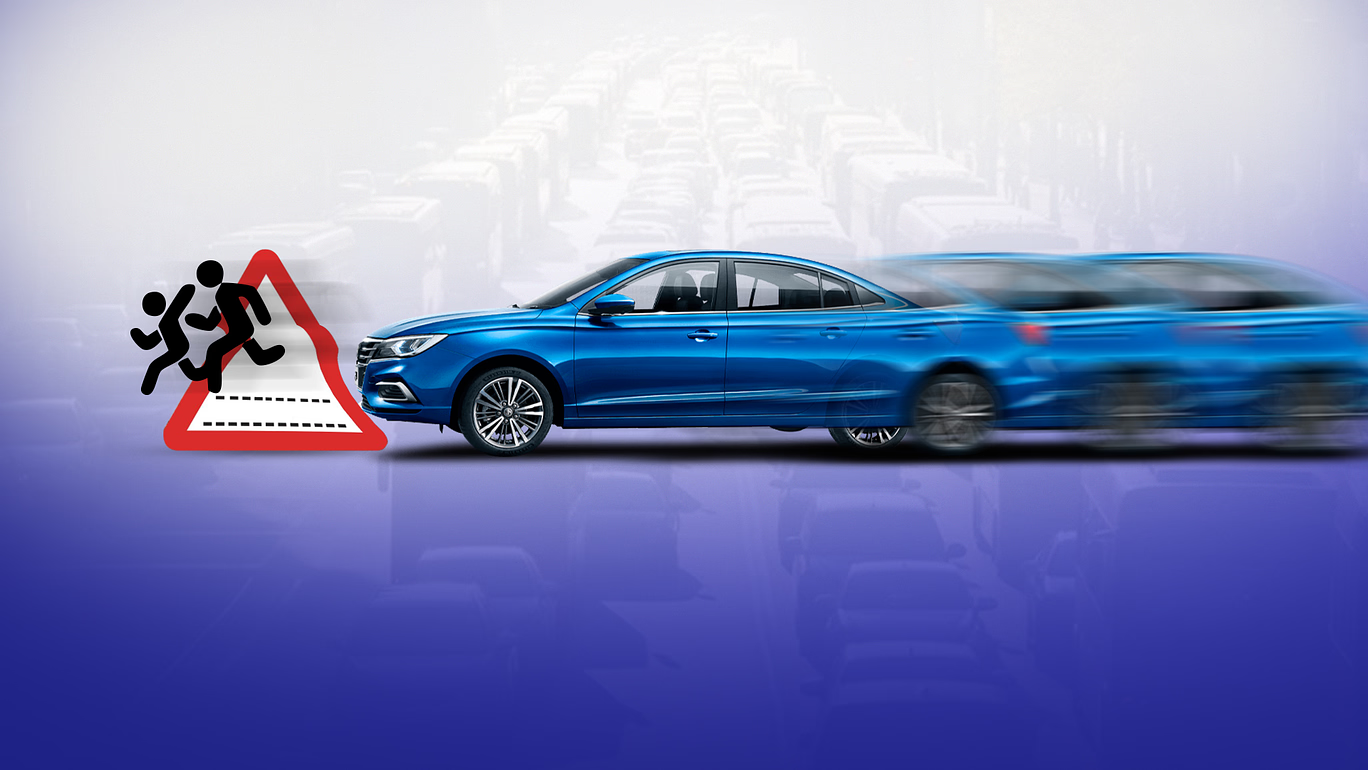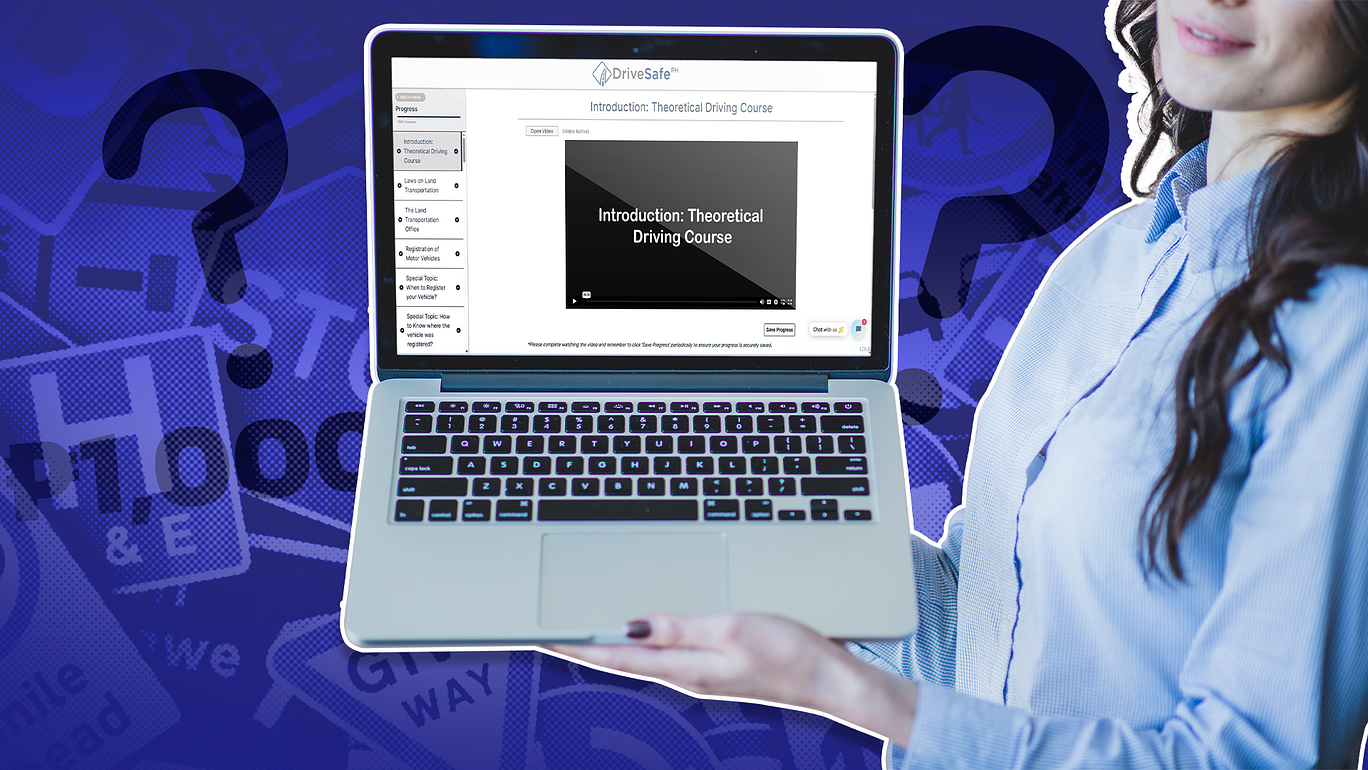A driver’s license is an official document required as legal authorization for individuals who wish to drive any motorized vehicle. Only the Land Transportation Office (LTO) in the Philippines can issue a Driver’s License for you if you wish to be driving anywhere in the country. To earn one, you must have proper training, know how to drive a vehicle, and have successfully completed all the necessary requirements and passed both written and practical exams.
The first part of the exam is the written exam. Once done, you will be asked to take the second part, which is the Practical Driving Test, to measure your physical capabilities, plus your mental and emotional capabilities as well.
Do not take chances of skipping this test through “fixers.” Let’s take part in putting an order in our country by being reliable enough to come to the facility ready to show off our good and responsible driving skills and practice all the essential learning acquired in theory. Remember that any test is an actual test of integrity.
You’ve learned responsible driving in theory, now is the time to put it into practice. Here are a few things to expect on the actual practical driving test.
1.Scoring System
A demerit point system is used during the practical driving exam. You’ll begin with 100 points; the examiner will then deduct a corresponding number of points from your score for each error and log them onto a road test score sheet.
A. Pre-driving check-up (Total of 10 points)
This criterion determines how you get ready to start your drive. Remember to check your vehicle’s tires and batteries, and check/ clean /adjust mirrors, lights, and windshield wipers. Check both your hand and foot brakes, disengage the clutch, and don’t forget to put your seat belt or helmet on before starting the engine. Failure to do one of these will cause a demerit of 2 points.
- Checking tires and batteries
- Checking/cleaning/adjusting mirrors, lights, and windshield wiper
- Use of seat belt or helmet
- Checking hand and foot brake
- Disengaging clutch when starting the engine
B. Driving skills (Total of 50 points)
You will be asked to make rounds on an obstacle course, which involves real-life road scenarios such as driving straight on a flat and or elevated road, making tight turns, executing calculated brakes, and parking properly, and on reverse. Be mindful of the speed you are going as well.
- Steering
- Position of hands
- Smoothness
- Two hand grip
- Oversteering
- Engine control
- Use of gear
- Choice of gears
- Use of clutch
- Use of accelerator
- Use of brakes (- 3)
- Apply smooth braking
- Reactions to hazards
- Vehicle turning
- Speed control
- Observance of speed limit ( – 3)
- Needless stops
- Observance of traffic rules ( – 4)
- Turning
- Take proper lane
- Signal intention
- Use of hand and light signal
- Swings too wide and cuts too short ( – 4)
- Backing
- Number of attempts
- Control of vehicle/trailer
- Parking
- Number of attempts
C. Observance of traffic rules (Total of 40 points)
How you put your theoretical learning into practice will be gauged using this criterion. Observe traffic rules, stay in your lane, check on road signs, stop on pedestrians, etc.
- Right of way to other vehicles
- While approaching an intersection ( – 5)
- In changing lanes ( – 3)
- In passing/being passed ( – 3)
- Stoplights, signals, and other
- Obey traffic rules ( – 4)
- Position after stopping ( – 4)
- Making full stops when necessary
- Anticipating before signal changes ( – 3)
- Exercise due care for pedestrians ( – 3)
- Right of way (for other vehicles, pedestrians, cyclists, etc.)
- For other vehicles ( – 3)
- For pedestrians ( – 3)
- For emergency ( – 3)
- Yielding a right of way
- For bicyclist
A “Road Test Score Sheet” page will be found at the back of the LTO Application for Driver’s License form.
2. Passing Score
Be mindful and just do your best; the passing score is 70 out of 100, so you have some room for minor mistakes. The test result and along with feedback on your driving prowess, will be given to you by your examiner right after your practical exam.
There are four things you really have to be wary of as this may cause an automatic failure, or the instructor might ask you to discontinue the test.
- Striking another car
- Striking a pedestrian
- Striking any fixed object
- Improper action causing a collision or near-collision with another vehicle
3. Engine to Use
You can choose to take the practical exam using an LTO vehicle, your own car, or your driving school’s vehicle.
If you rent or pay, prepare for these amounts depending on the type of motor vehicle you will use:
RC1 – motorcycle – Php150
RC2 – 4 wheels car (manual) – Php 250
RC4 – 4 wheels car (automatic) – Php 250
RC3 – 6 wheels car – Php 300
Four-wheeled cars for rent are usually hatchbacks but might vary depending on what’s available in the testing center near you.
It is deemed easier to drive a vehicle you’re already familiar with and comfortable with; this may be your own or the vehicle that you used to practice in driving school. Driving a rented car or motorcycle might be disadvantageous since you’re not entirely familiar with the navigation and handling of whatever vehicle is available.
4. Test Duration
Practical Driving tests usually last for 5-10 minutes only. Drivers of four-wheeled vehicles will be asked to go around the driving range for 2 to 4 rounds. Motorcycle drivers will go around once.
5. Tips
A. Check your PDC or Practical Driving Course Certificate –
This will be the LTO Instructor’s basis to know which vehicle you will drive, depending on the driving restriction indicated on your PDC.
Practical Driving Course Certificates are earned when you’ve finished a theoretical driving course. DrivesafePh provides you with an e-certificate and an actual PDC certificate when you are able to finish the course online in the comfort of your home.
B. Listen
This is a test of your skills and of your discipline as well. Listen as your instructor prompts you to do maneuvers around the driving range.
C. Safety is always a priority
Wearing safety gear such as a helmet and a seat belt is a force of habit; religiously practice wearing one for your safety and the safety of those whom you share the road with.
D. Practice
Try maneuvering various driving situations, such as changing lanes, parking in various locations and reverse, and driving along narrow streets.
E. Be Calm.
Try not to panic, as this might distract you. Be calm, try to keep in mind what you know, and believe that you are a responsible driver.
It is important to know how to ride and drive any vehicle and to be fully aware of the rules and regulations of the road. These are the basics of responsible driving that you will put into practice on the Actual Practical Driving Exam and on the days after whenever you ride and drive.
Drivesafe PH provides a theoretical driving course that helps you understand the basics of driving in comprehensive detail. Drivesafe PH is the 1st LTO Accredited Online Theoretical Driving Course Provider, a social learning platform that provides accessibility to Defensive Driving Education to future Filipino drivers who would like to take the first step in Road Safety.


